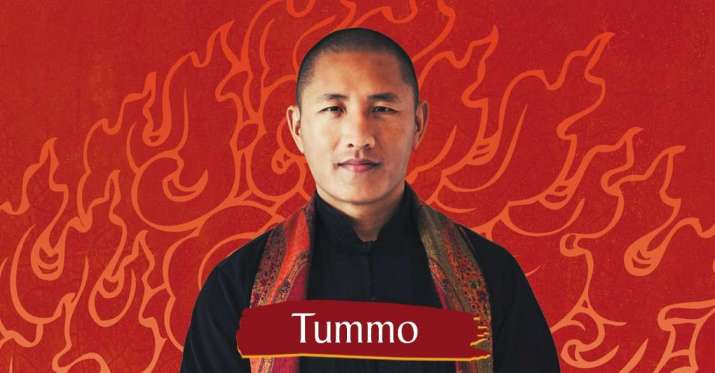
Tummo (Skt: Chandali) is a Tibetan term for “inner fire.” Related to Tibetan Buddhist practices, it combines specific breathing, movements, and visualization techniques used to enter a deep state of meditation that increases inner heat and awakens natural wisdom.
Aa the physical level, the inner fire is responsible for the temperature of our body—the heat of digestion and metabolism. At the energetic level, tummo melts away the most subtle blockages in the chakras and causes energy to flow freely throughout the body. The chakras are the secret doors to our being; opening them and awakening our tummo brings deeper realization and insight into our true nature, our primordial wisdom, and unconditional love. At the mental level, tummo is a source of love, happiness, and bliss.
Tulku Lobsang Rinpoche is one of the few Tibetan lamas who publicly teach the sacred practices of tummo. He shares this secret method of meditation openly because he believes it can bring mental and physical health and great benefit in these times described in Buddhism as a degenerative period.
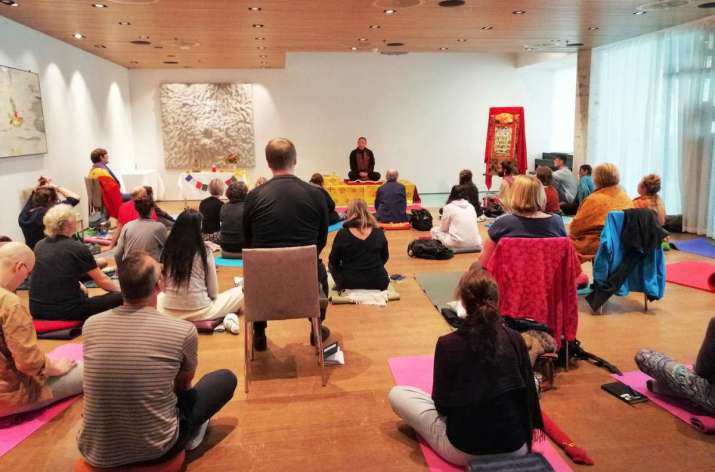
Born in the traditional Amdo region of Tibet, Rinpoche completed his Buddhist education at various different monasteries in Tibet and India, and received Dharma teachings from all of the Tibetan schools. Since 2000, he has traveled to numerous countries to give teachings on Tibetan Buddhist philosophy and medicine. In 2002, he established the Buddhist medical organization Nangten Menlang (School of Inner Medicine), which has branches in many countries.
Tulku Lobsang has a special connection with the practice of tummo. He has been initiated into various lineages related to inner-fire meditation and also to tsa lung (Tibetan yoga of channels and energy). Rinpoche transmits these teachings in a unique way, with tremendous passion and dedication, making them accessible for people from different backgrounds and adapting them to fit the challenges of the modern world.
I met Tulku Lobsang for the first time in October 2016, during a tummo retreat in Germany. My second meeting with him was in April 2017, during a tsa lung retreat in Spain, and the third meeting was in Norway during his recent teachings in Bergen. Rinpoche’s program in the Norwegian city, organized by Nangten Menlang Norway, included a public talk titled “The Art of Relaxation,” on 27 September at the Litteraturhuset (House of Literature), where he taught how the ability to relax helps us to accomplish our goals and explained some Buddhist methods for relaxation in daily life. On 28–29 September, Rinpoche led a tummo retreat at the Grand Hotel Terminus of Bergen.
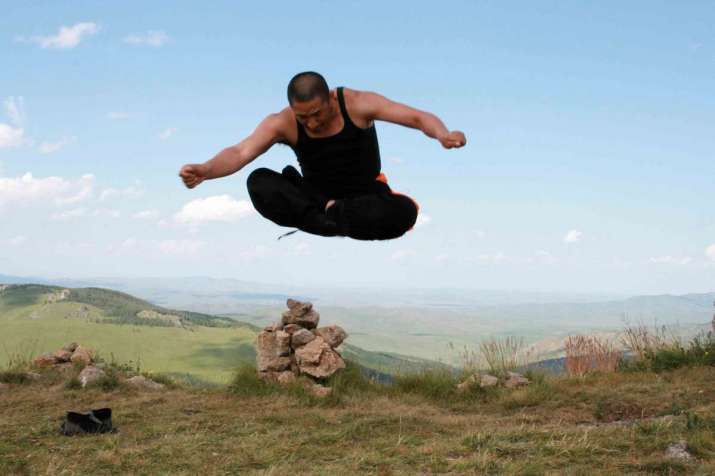
During the retreat, Tulku Lobsang explained the term tummo as a transformation of negative emotions (tu) into wisdom (mo). He noted three important aspects of tummo: inner fire, bliss, and pure awareness. To have a non-conceptual state of mind or rigpa, you need bliss. To have bliss, you need fire. Tummo has three different kinds of fire: rough fire, rising higher from below; soft or calm fire, descending downwards, and stable fire, moving from the inside to the outside and vice versa.
Rinpoche also taught how inner-fire meditation helps to balance the five elements. During tummo practice, we first need to open our channels, which is related to the earth element. Massage, yoga, and herbal baths help. Showers also help to open the channels, releasing tension and relaxing the body. After the earth element we need to train the wind element through holding the breath. The awakening of tummo in the body is training the fire element, while the rising of bliss is related to the water element. The calm mind, achieved naturally through the practice, is related to the space element.
Rinpoche talked about outer, inner, secret, and most secret tummo. Outer tummo is related to the visualization of the empty body, chakras, and channels, and the physical exercises (Tib: lu jong). The realization of outer tummo removes obstacles and pains and clears the mind of confusions. Inner tummo is called medicine. It is related to holding the breath, which is considered one of the best medicines for the body and mind. Secret tummo can be compared with a lion, because when you awaken the inner fire along with the bliss, you can control your emotions and then you are like a king of the animal world. The most secret tummo is rigpa, or natural awareness, a non-conceptual state of mind, as in the example of a mirror through which you see your true self. To discover yourself completely is the ultimate goal, which we call liberation, enlightenment, and nirvana.
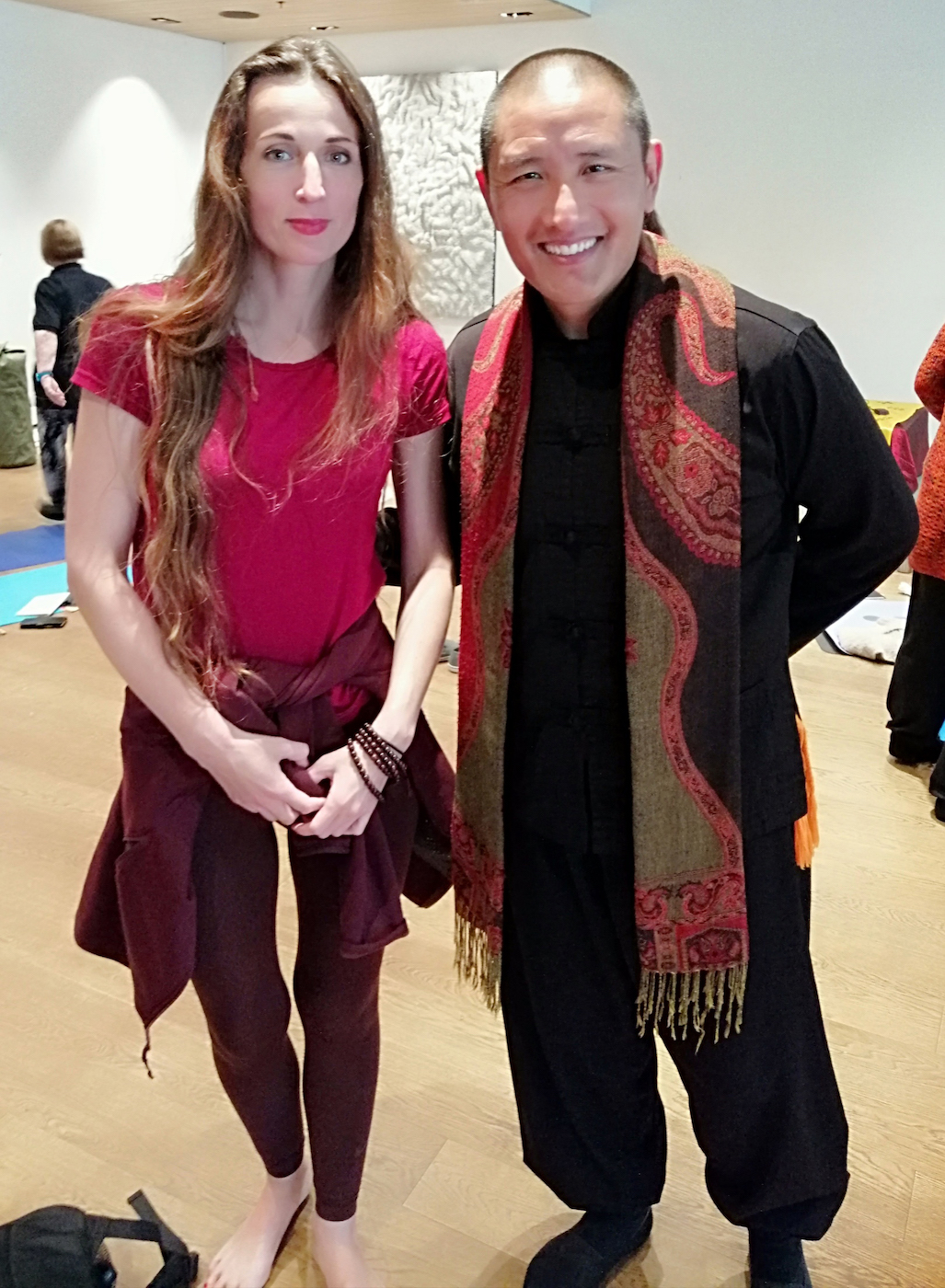
in Bergen. Image courtesy of the author
According to the teachings of Tulku Lobsang, the fuel for the inner fire is life itself. He taught about the three types of fuel that keep tummo: “The first fuel to open your body is to love people. If you don’t love people, your body will be always cold. The second fuel is love for the opposite sex. The third fuel is a good relationship with your sexual energy, which means accepting sex as holy, not as something dirty, sinful, or bad. If you see sex as holy, your body will change and become more blissful, with less pain. If you have bad relationships with people, the opposite sex, and your sexual energy, your body will become freezing and you will not feel at home in your body. The most luxurious home we have is our own body. It has five senses and is like a five star hotel.”
In tantric Buddhism, tummo is a way of opening the body. But before we open the body, Rinpoche advises us to open our hearts, otherwise we will be unable to control the tremendous power of the body. For opening of the heart, he recommends practicing compassion, kindness, and bodhicitta (the awakened mind).
This is what can be witnessed during retreat with Tulku Lobsang: the open hearts of the participants, shining, smiling faces, and the colors of the inner fire reflected in the outside world. During the beautiful sunset after the first day of the retreat, we witnessed the colors of the inner fire miraculously displayed in the sky above Bergen.

See more










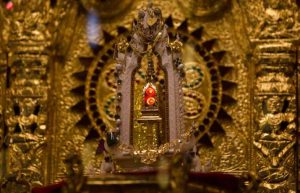


I don’t know what to say…staying warm in the cold sounds too good to be true…but I suspect it is.